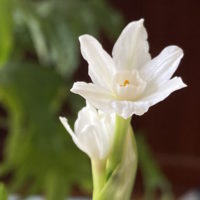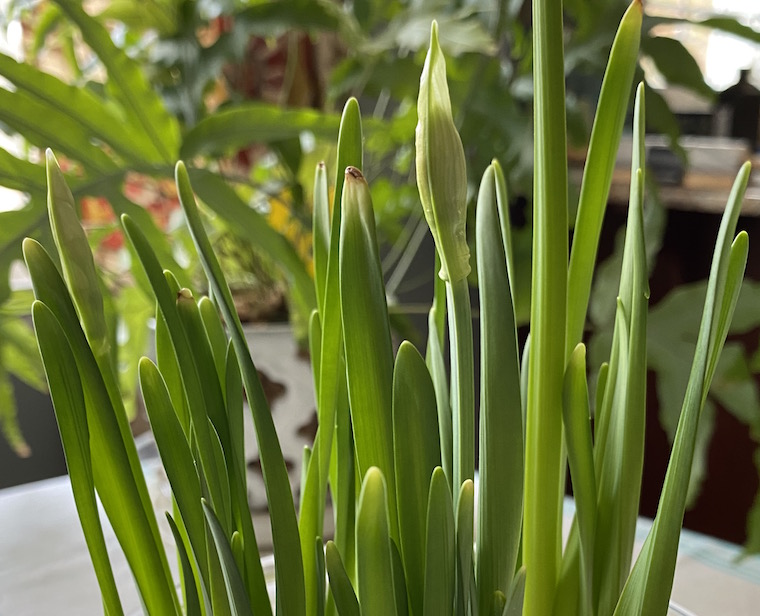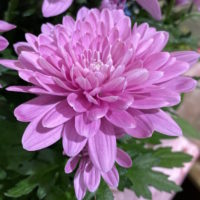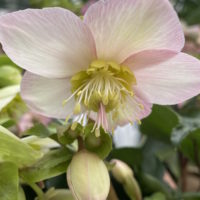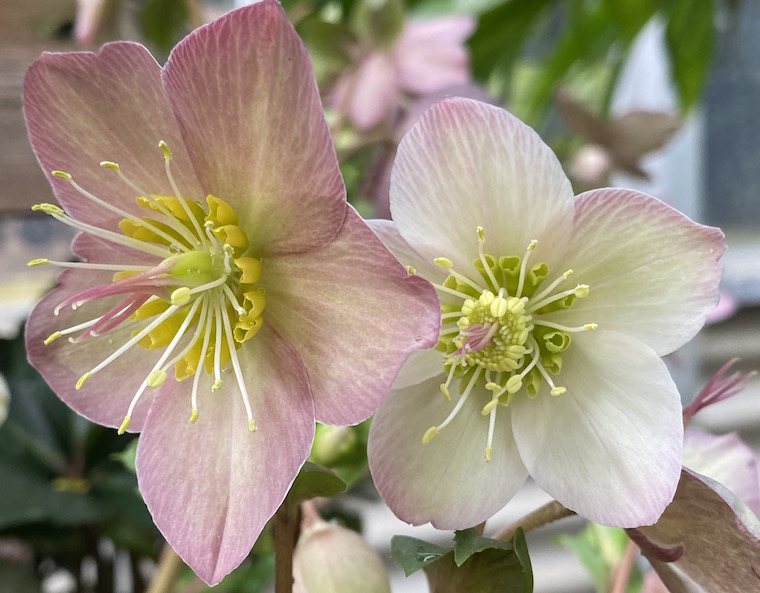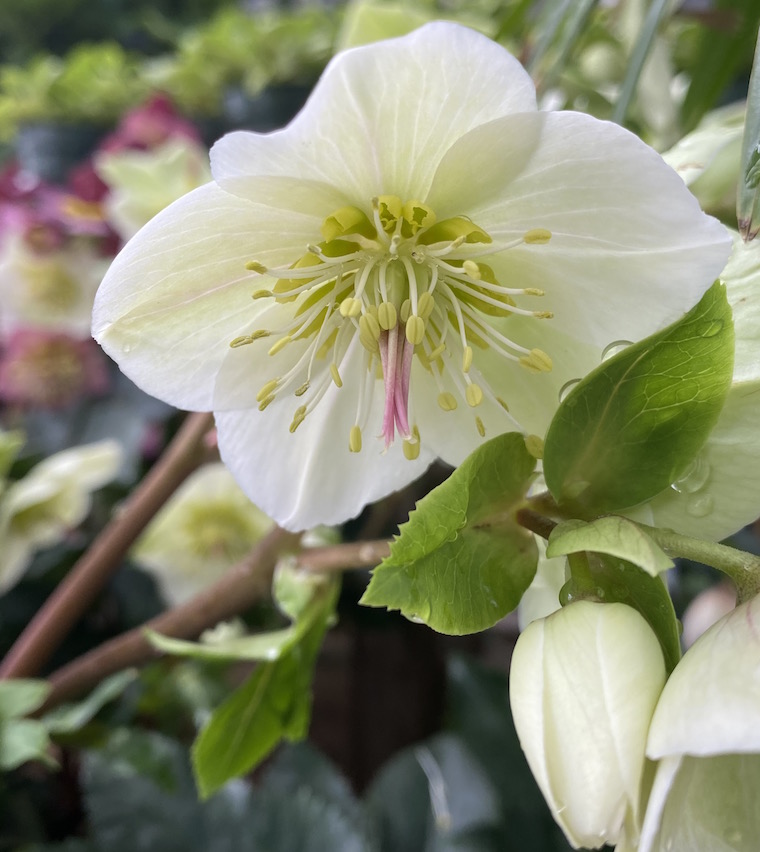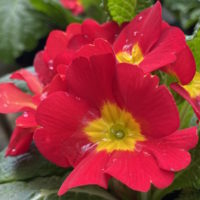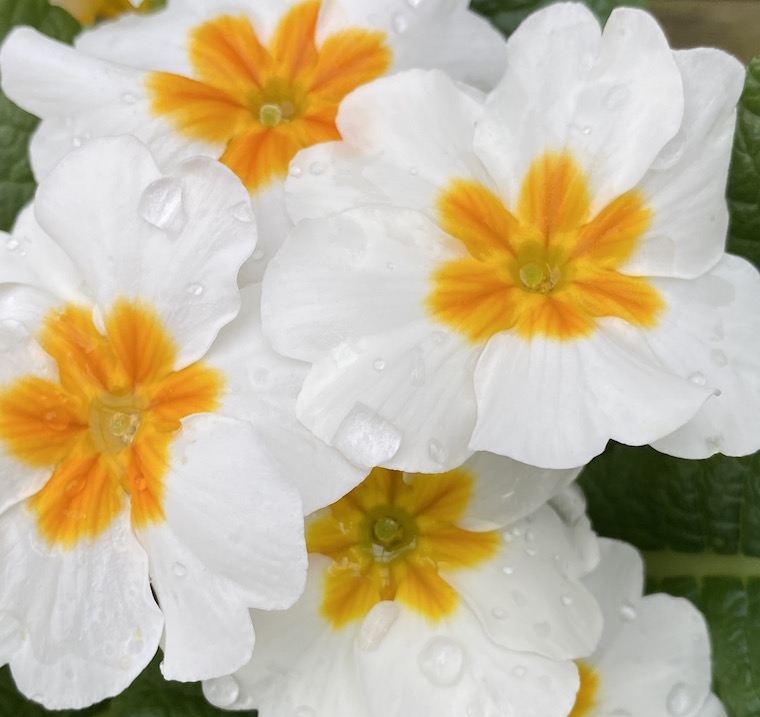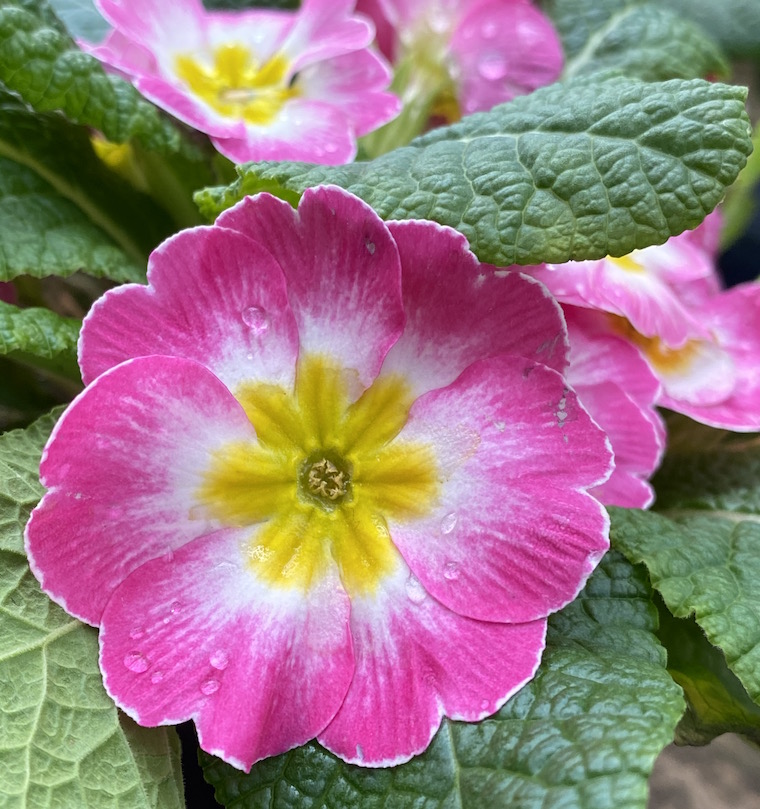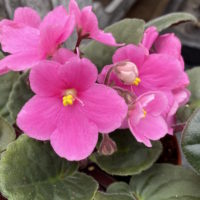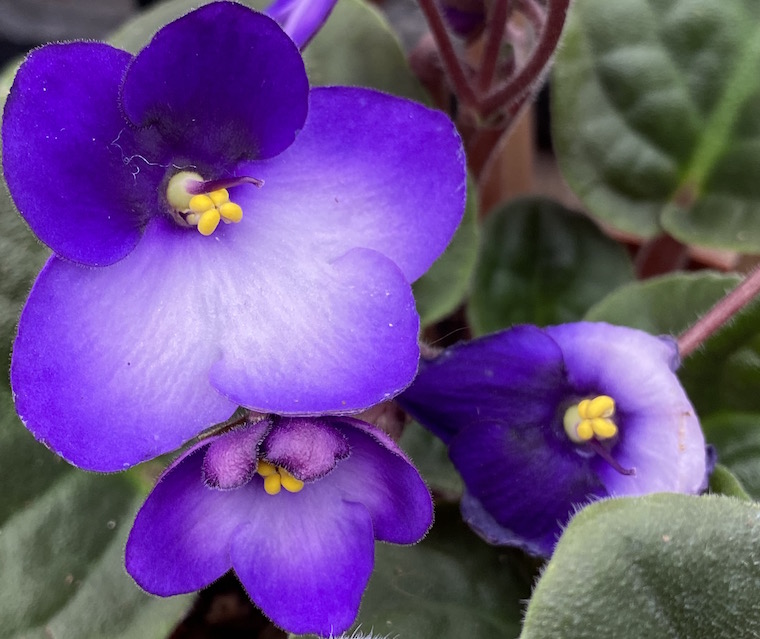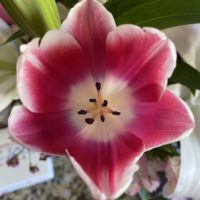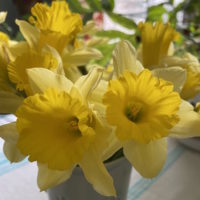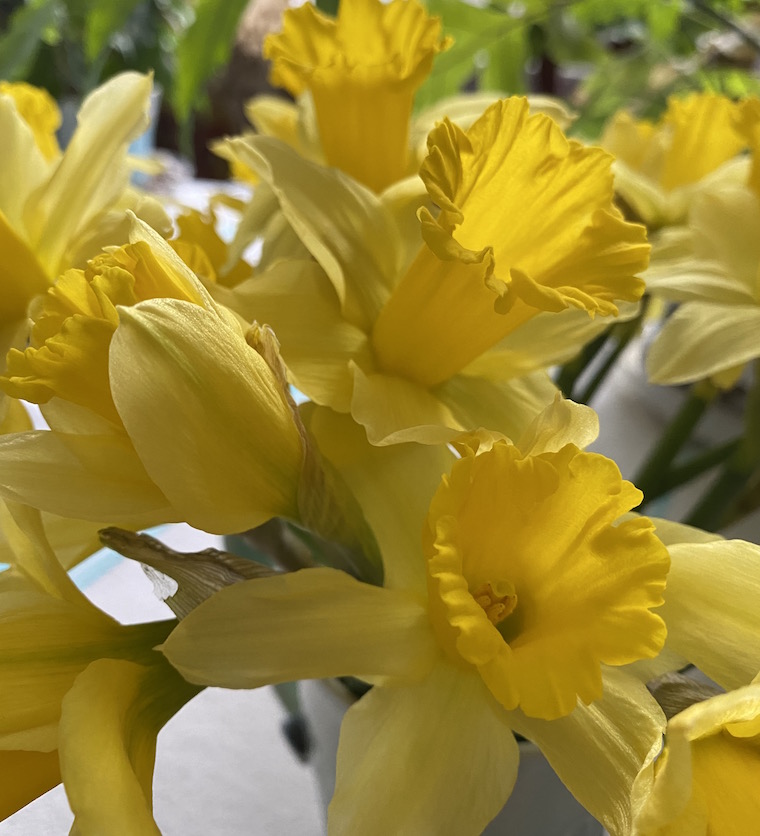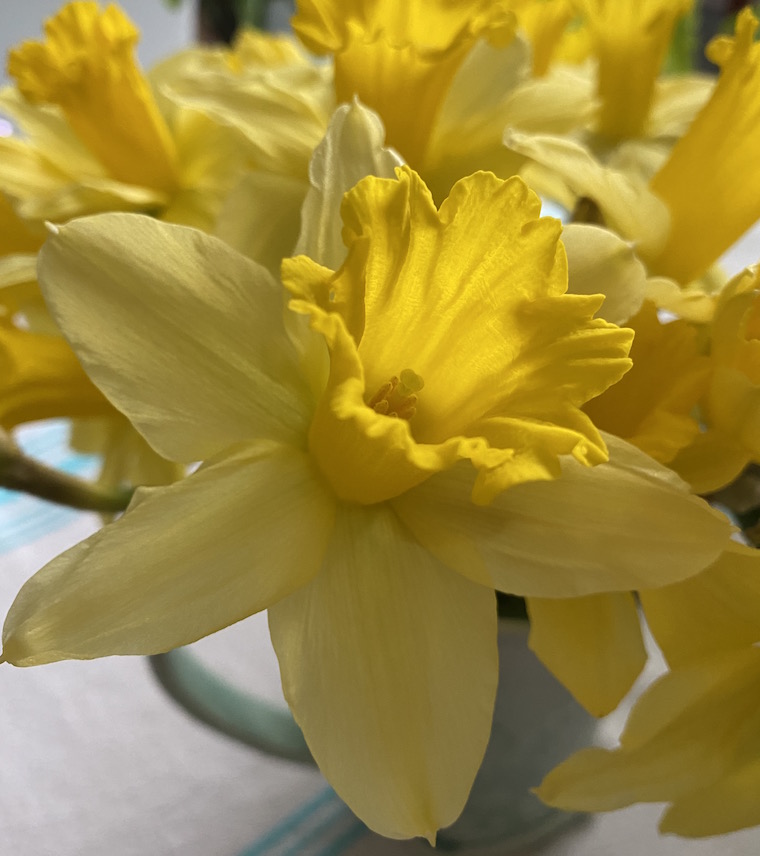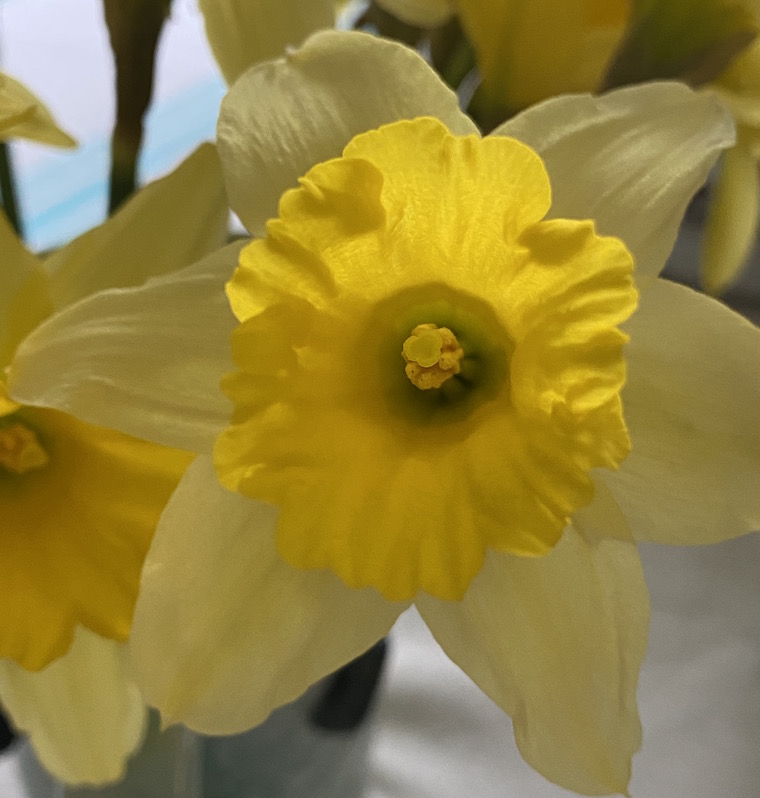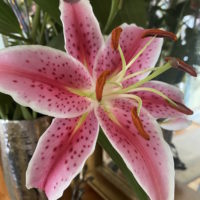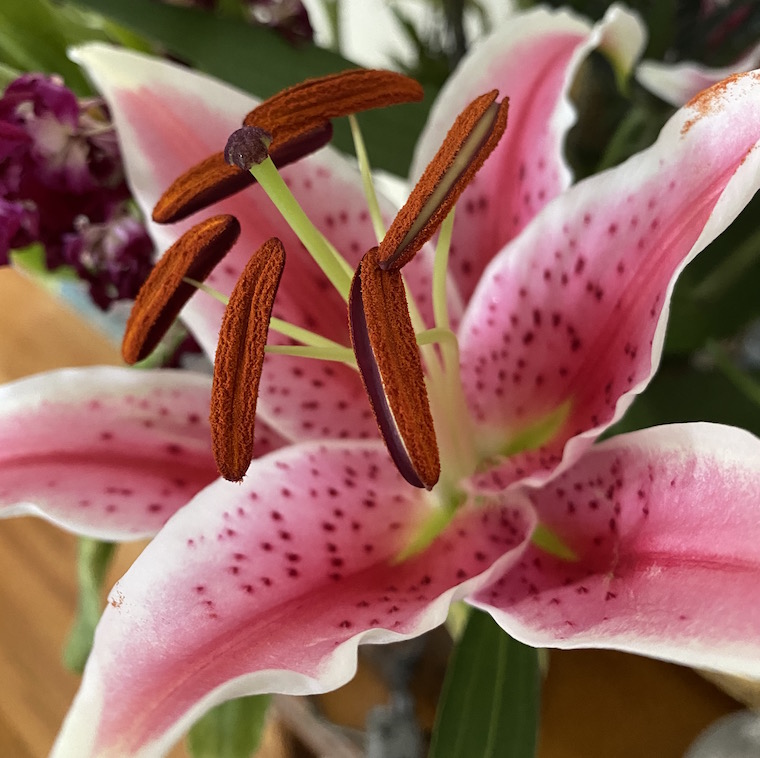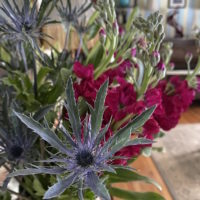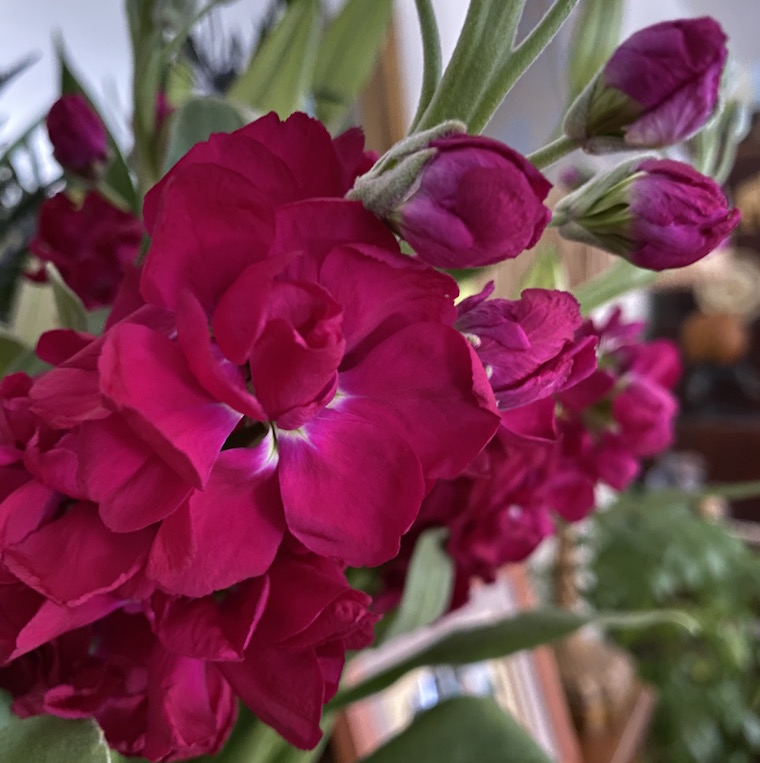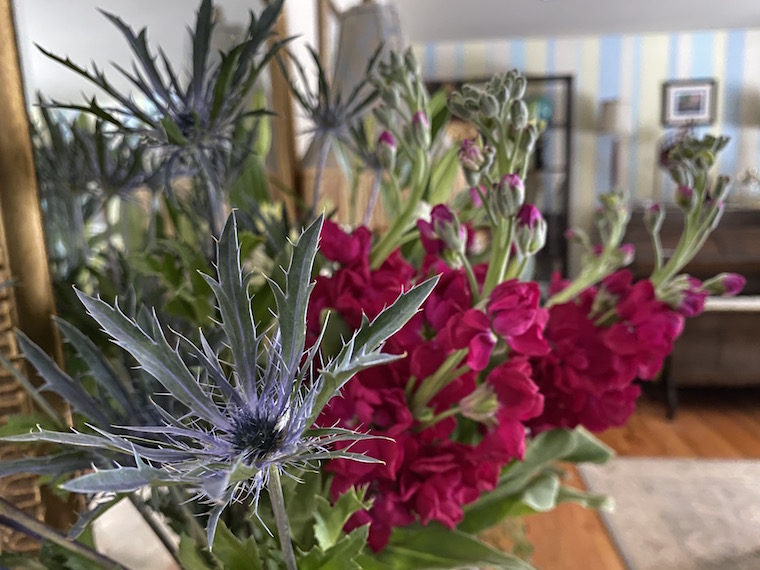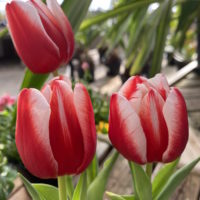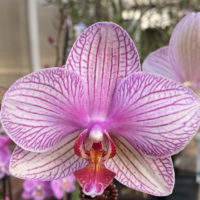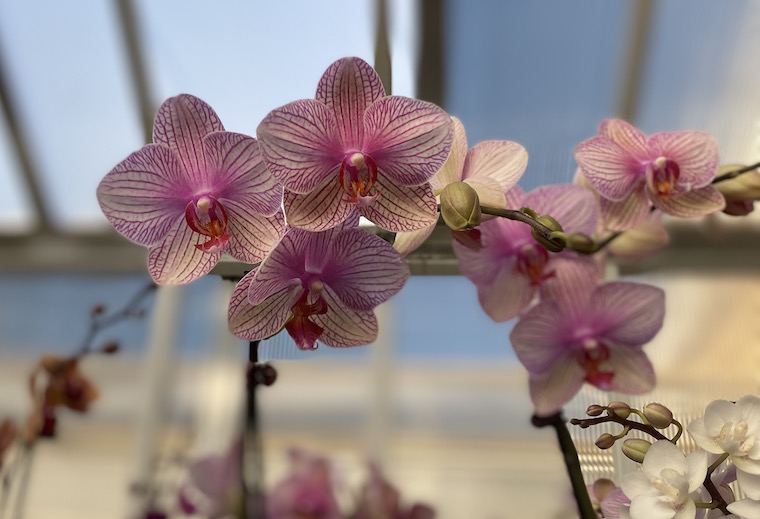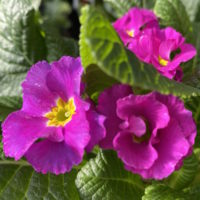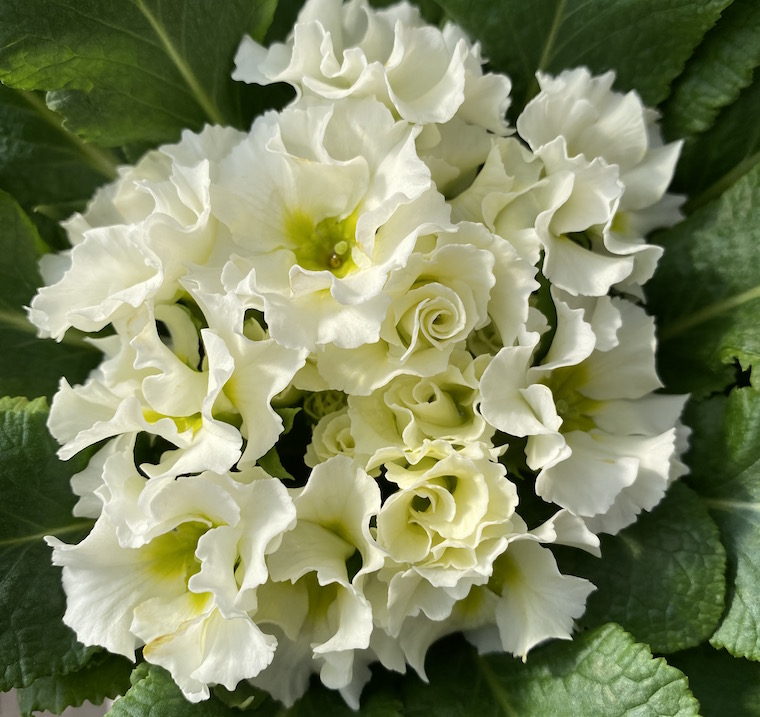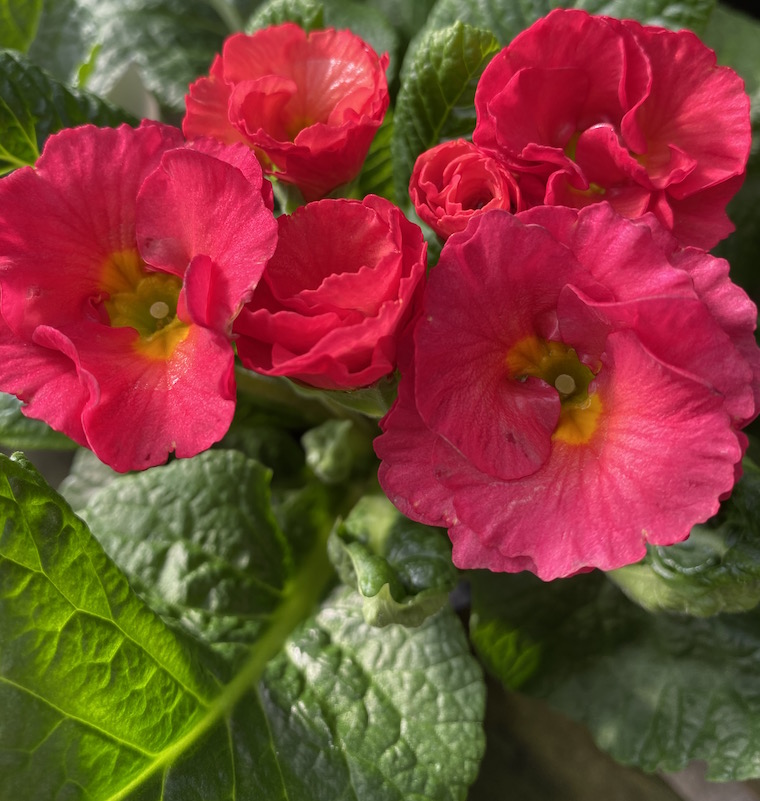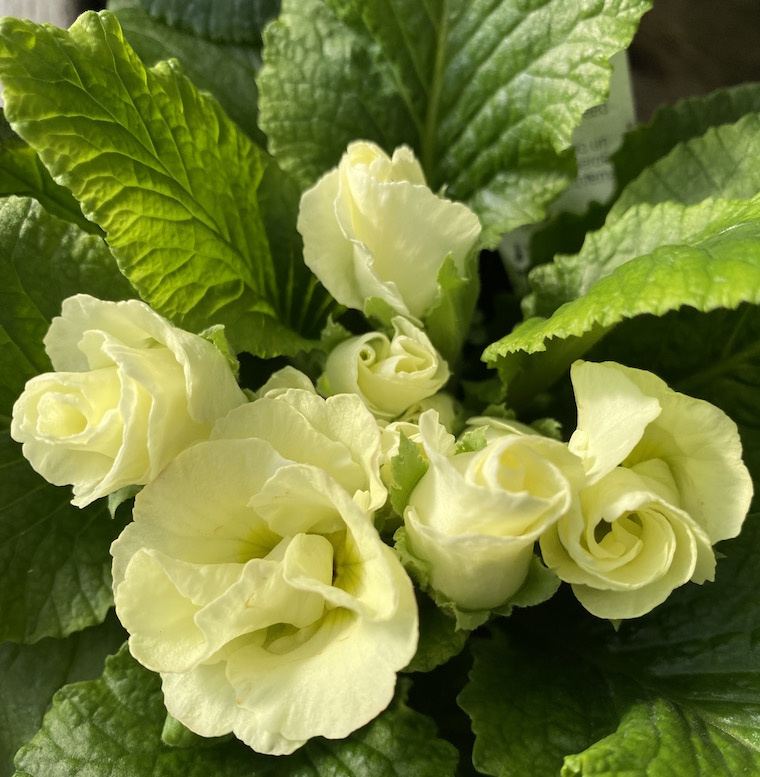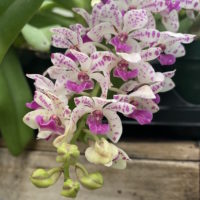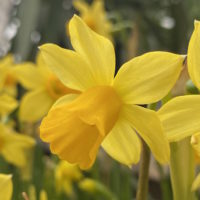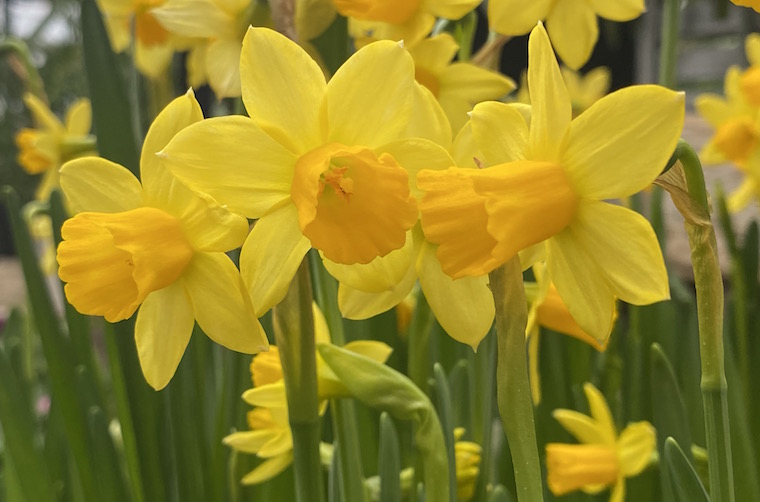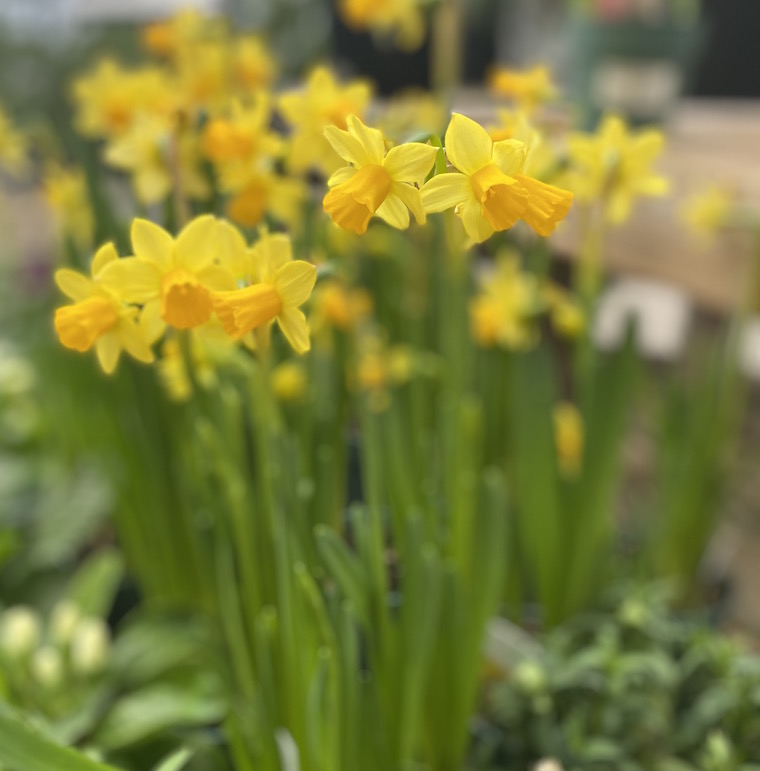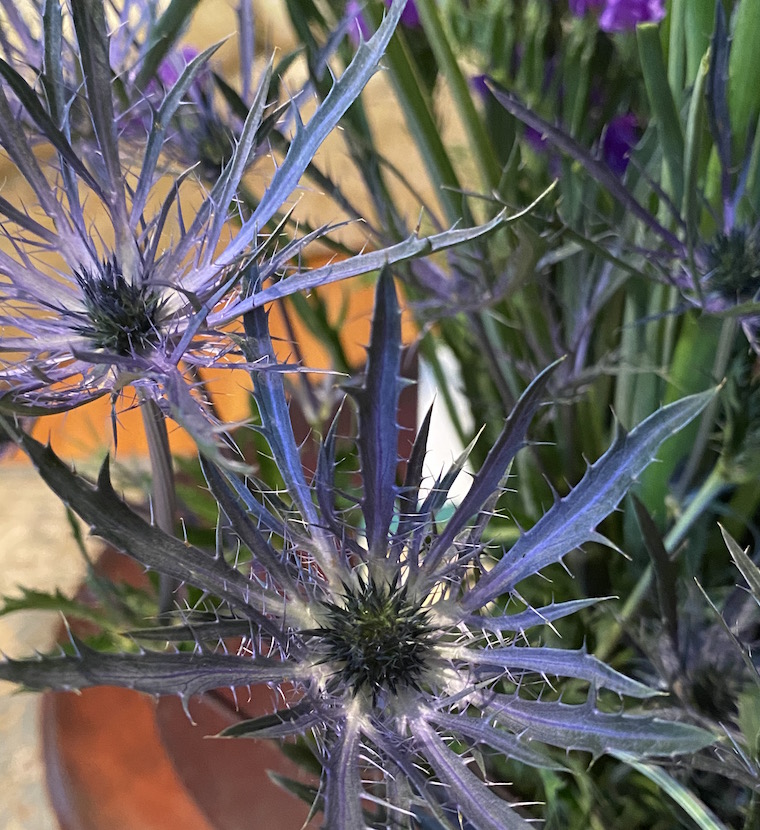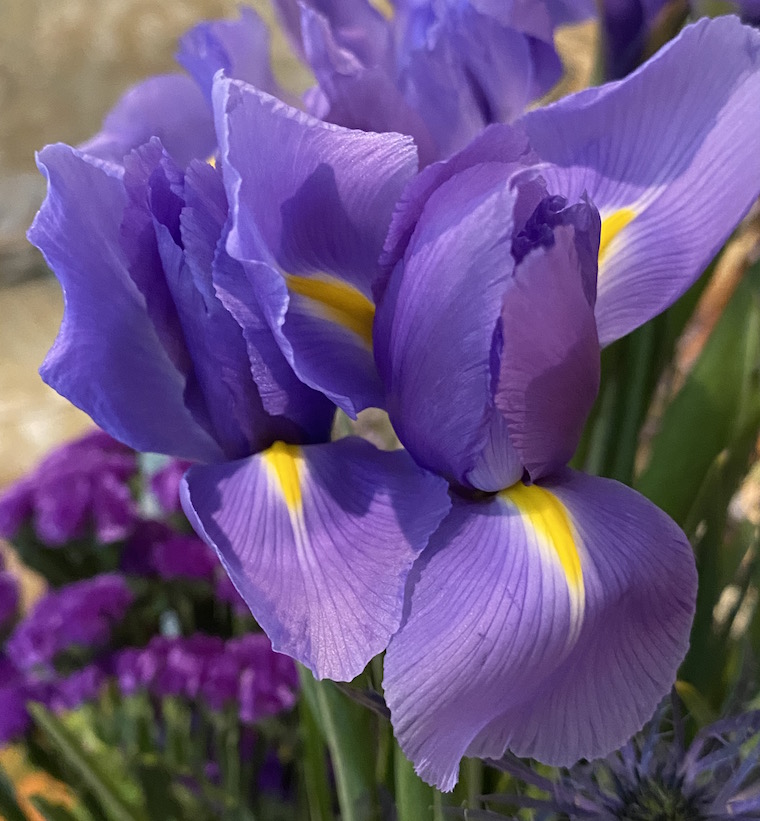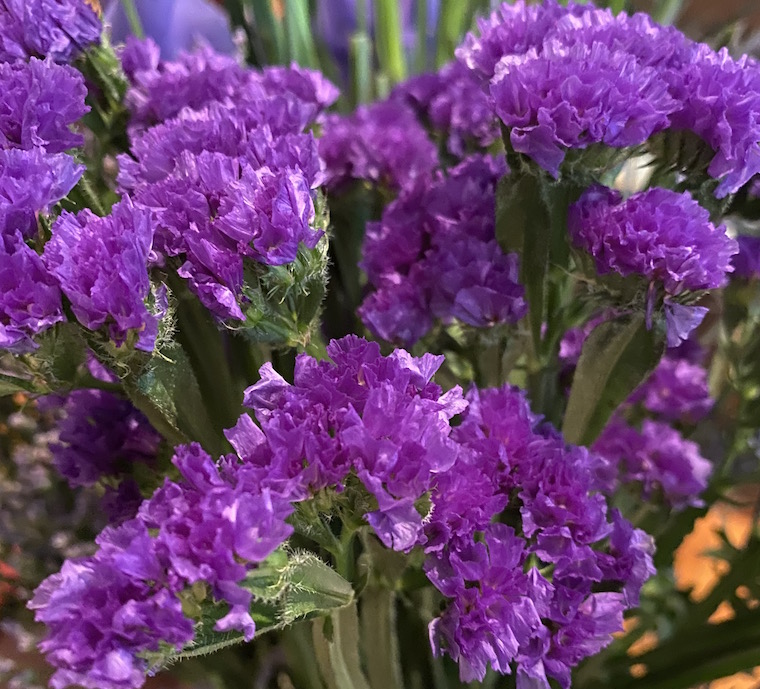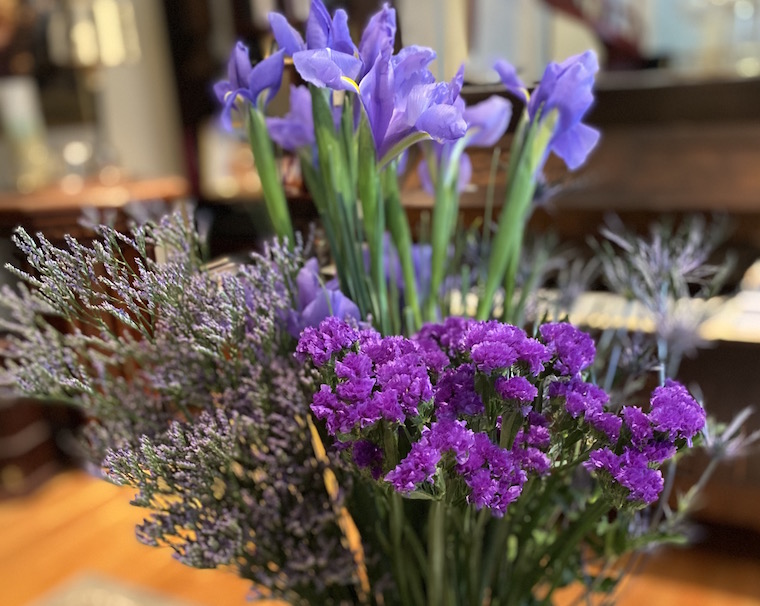They have come to symbolize the very beginning and the very end of the winter season. The bloom of the Paperwhite narcissus brings back opposing memories. It happens that I either force them first thing in season, so their blooms come just as fall is ripening into winter, or I forget about them and end up forcing them at the very end of winter, just as the first spring thaws arrive, which is what happened this year. As such, the memories they trigger are at once conflicting – the gray days of November at odds with the gray days of March – but there are joys to be found in each segment of the calendar, and in a way their stature as bookends of winter is something of comfort.
Their fragrance is polarizing – though it’s all love from these parts. It brings me back to my very first experience forcing them. A friend of my Mom, joining us for a trip to Cape Cod, regaled me with tales of the forcing process, and I listened – fascinated and rapt with wonder at this new way of getting a bulb to bloom.

